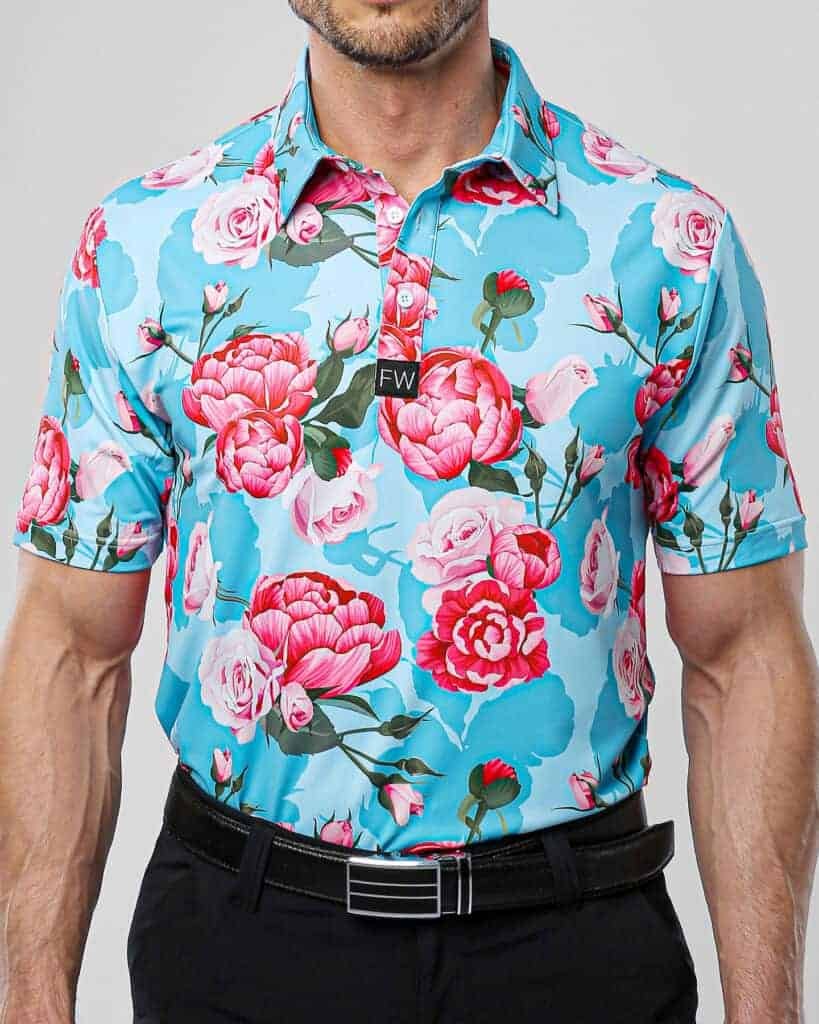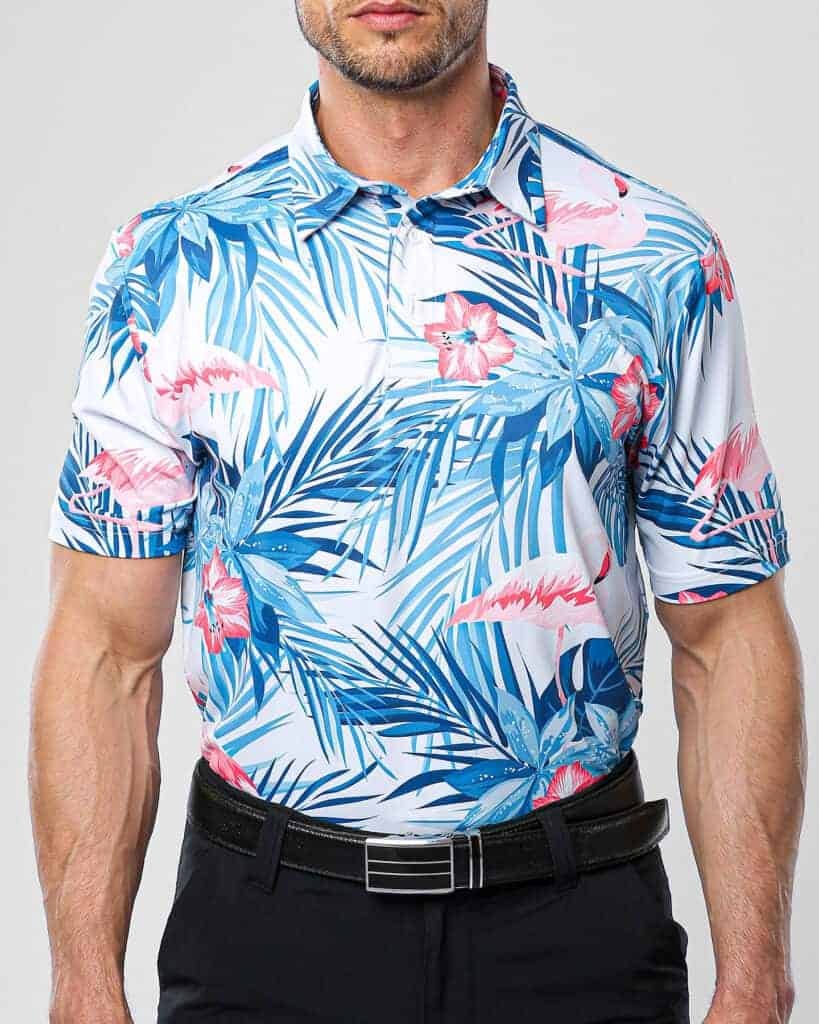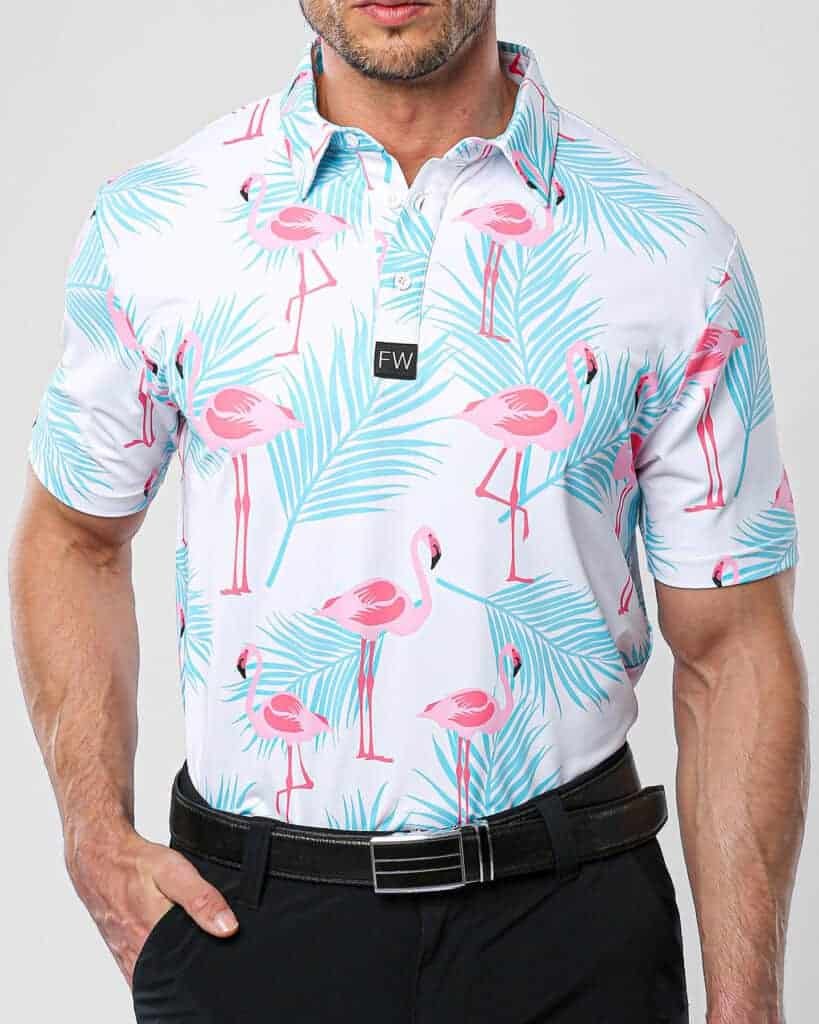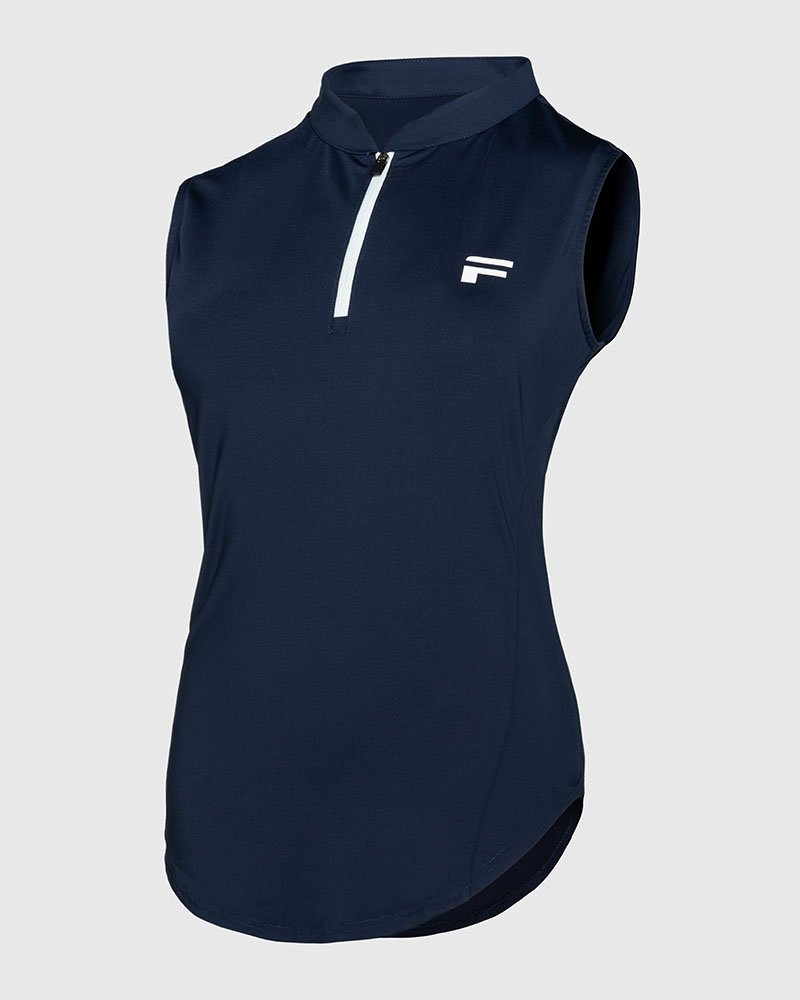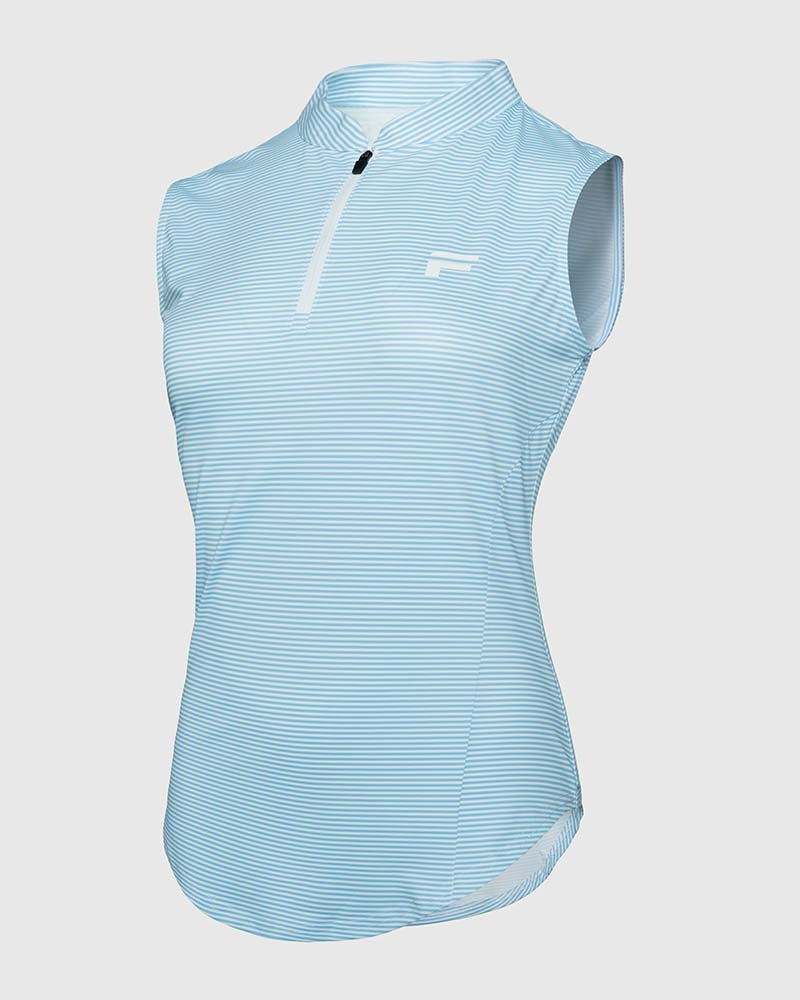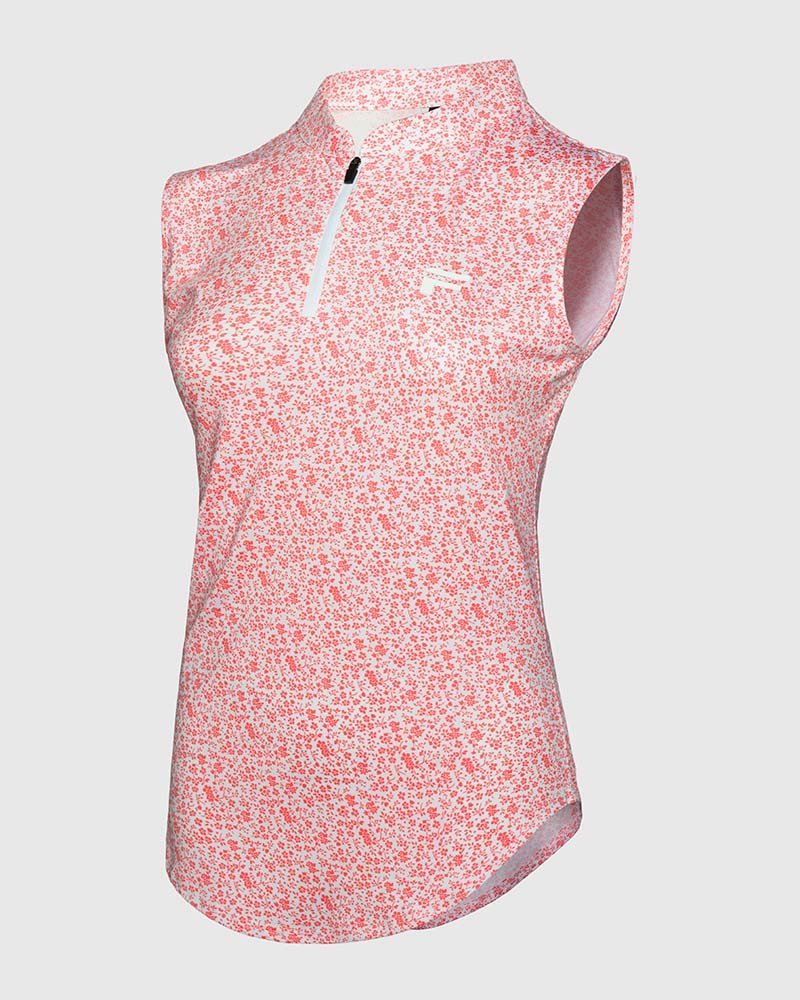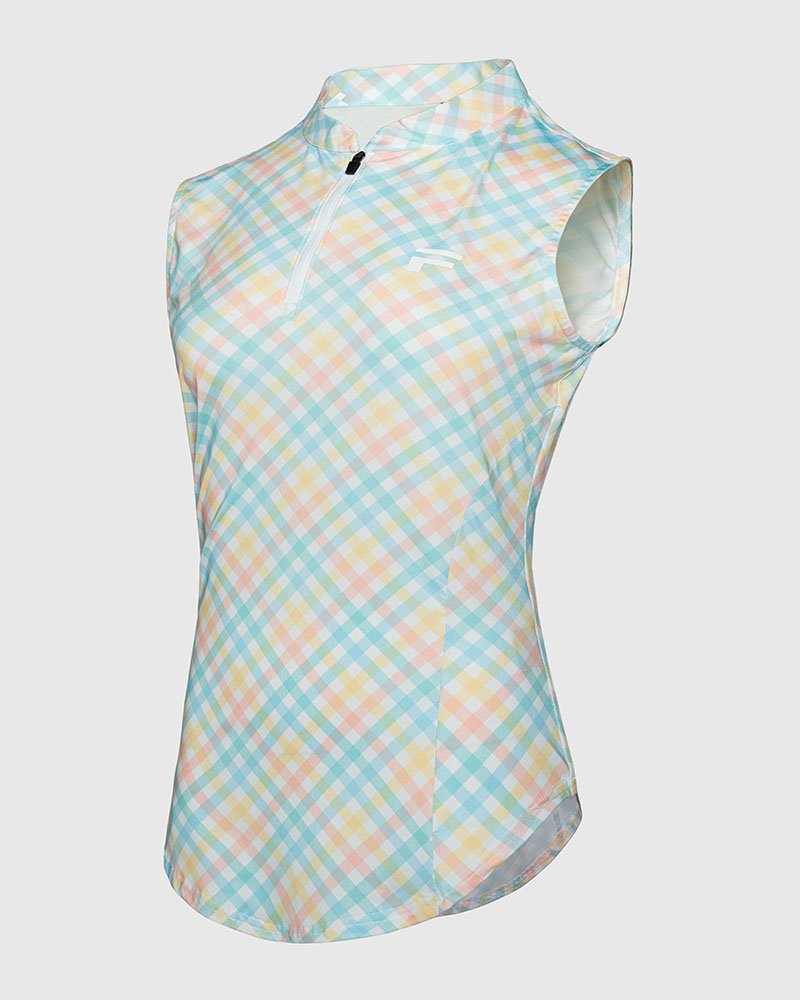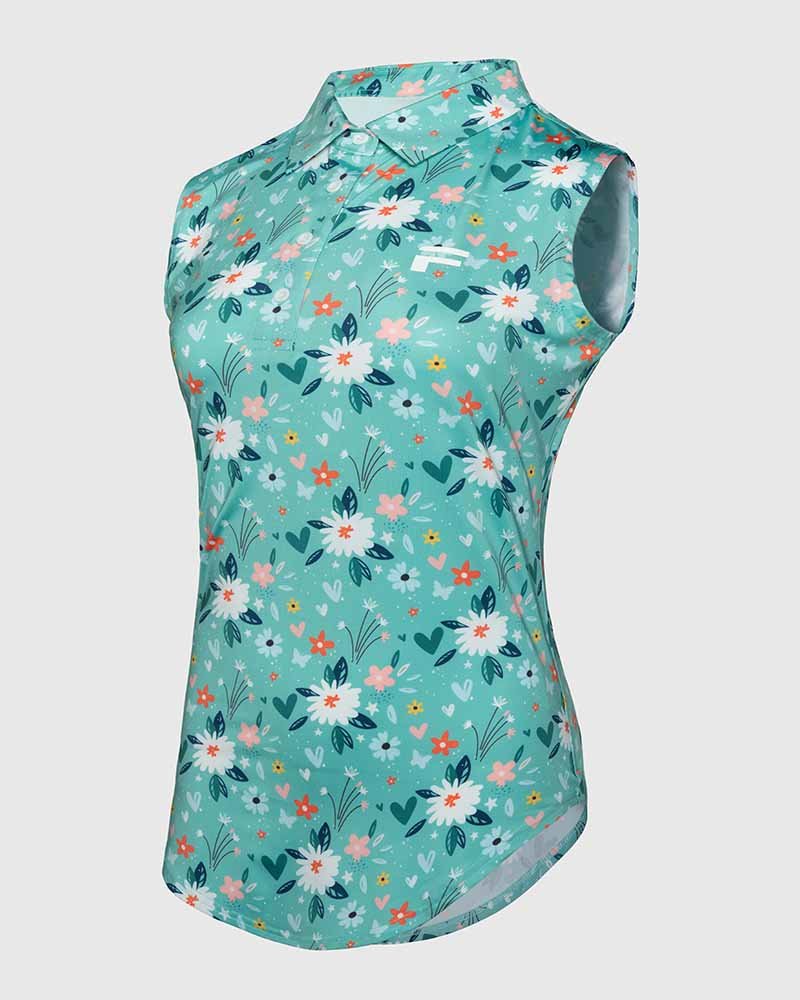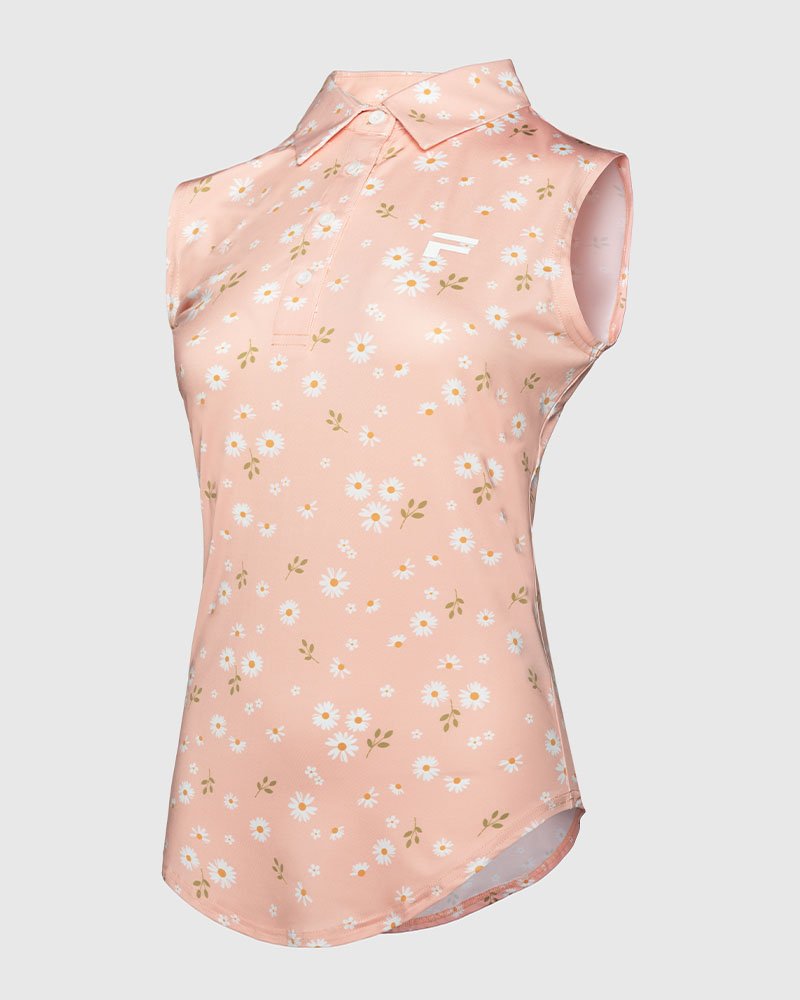Think a golf shirt is just a polo? This common mistake can sink your apparel brand before it even starts. Let's set the record straight based on my 15 years in manufacturing.
A golf shirt is a piece of performance equipment engineered for the sport, featuring stretch, moisture-wicking fabrics, and an athletic cut. A standard polo shirt is a casual fashion item, typically made of cotton and designed for everyday wear, not for athletic performance or a 4-hour game.
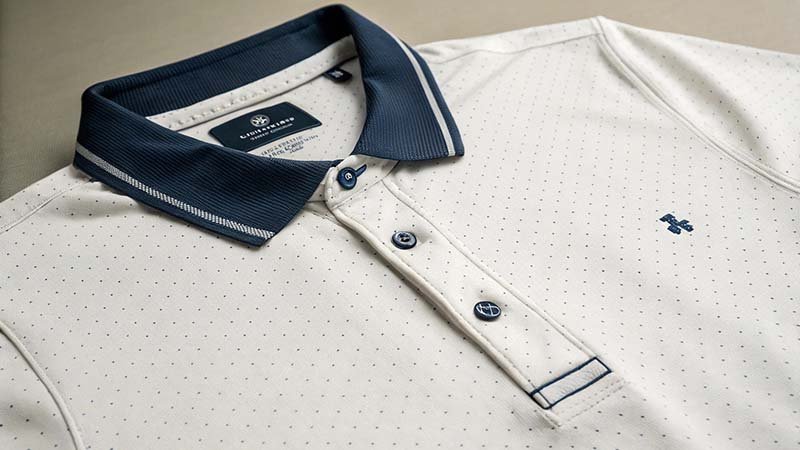
I've been building golf apparel for over 15 years, and I can tell you that while they look alike, a professional golf shirt and a regular polo are worlds apart. It's about so much more than just a collar and a few buttons. To really understand the difference and build a product that golfers will love, we need to break down what truly matters on the course. They might share a silhouette, but one is designed for leisure, and the other is engineered for victory. Let's dive into the details that separate the two.
Is a regular polo shirt okay for a round of golf?
Thinking of grabbing any polo for your next round? You might look the part, but sweat and a restricted swing will ruin your game. Here’s why it’s not the right choice.
While a casual polo meets basic dress codes, it's not ideal for golf. Standard cotton polos absorb sweat, feel heavy, and restrict your swing. For serious play and comfort, a proper golf shirt designed for performance is always the better choice.

I remember playing a friendly game years ago in a classic cotton piqué polo. I thought it looked sharp on the first tee. By the back nine, the Florida humidity had turned it into a wet, heavy blanket. The shirt was sticking to my back, and every swing felt like I was fighting the fabric. It was a perfect example of having the wrong tool for the job. A standard polo is fine for the 19th hole, but on the course, its limitations become glaringly obvious. The cotton absorbs moisture instead of wicking it, making you uncomfortable and cold as it dries. It has minimal stretch, which actively works against the rotational movement of a good golf swing. When you're standing over a crucial putt, the last thing you want is a distraction. That’s why I always tell new brand owners: don't just sell a look, sell a performance advantage.
So, what specifically makes a shirt a "golf shirt"?
Want to create a genuine golf shirt for your brand? Simply calling it one isn't enough. Missing the key technical details means you're just selling another fashion polo with a higher price tag.
A true golf shirt is defined by three things: performance fabric (moisture-wicking, stretch, UV protection), an athletic cut designed for the golf swing (special sleeves, longer back), and professional details like a structured, no-curl collar. It is purpose-built equipment.

From my perspective as a manufacturer, the blueprint of a golf shirt is meticulously planned around the golfer's motion. It's truly a garment of inches and angles.
The Cut Is For the Swing
We don't use standard T-shirt sleeve patterns. We use designs like raglan sleeves (which extend in one piece up to the collar) or add special gussets under the arms. This gives the shoulders maximum rotation without the whole shirt pulling and twisting during your swing. The body has an 'athletic fit'—it's not tight and it's not baggy, but it's shaped to move with you and reduce distraction.
Details Define the Pro
The drop-tail hem is a simple but brilliant feature. The back is slightly longer, so when a player bends over to read a putt or tee up a ball, the shirt stays tucked in. A small detail that removes a common annoyance. Then there’s the collar. A flimsy, curling ribbed collar looks sloppy. That's why we use self-fabric collars with a proper collar stand. It stays crisp all day, even after washing, projecting a professional image.
Is the core difference just style versus function?
It's tempting to think the difference is minor. But this view misses the fundamental purpose of each shirt—a mistake your customers will feel instantly. Let's clarify the design philosophy behind each.
Exactly. A polo shirt's DNA is in fashion and casual style, prioritizing classic looks with materials like cotton. A golf shirt's DNA is in athletic performance; its design, fabric, and fit are all engineered to solve the specific challenges of the sport.
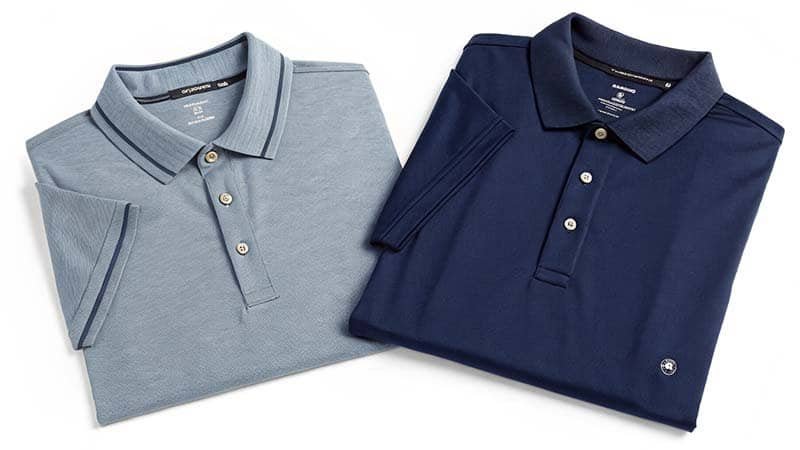
I always tell my clients that the "heart" of a golf shirt is its fabric. A traditional polo is built around a classic material: cotton piqué. It looks timeless and feels comfortable for sitting at a café, but it completely fails under athletic pressure. The moment you start sweating, it’s over. In contrast, when we develop a new golf shirt at FUWAY, the entire conversation starts and ends with performance fabric. We're talking about advanced synthetic blends of polyester and spandex. This isn't just a list of features; it's a completely different design philosophy. One is about looking good. The other is about playing better.
| Feature | Traditional Polo (Cotton) | Performance Golf Shirt (Poly/Spandex) |
|---|---|---|
| Moisture Management | Absorbs sweat, gets heavy and wet | Wicks sweat away, keeps you dry and cool |
| Flexibility | Minimal natural stretch, restrictive | 4-way stretch for a full, free swing |
| Sun Protection | Very low, offers minimal UPF | High UPF rating (30+ to 50+) |
| Weight & Care | Heavier, especially when wet, prone to wrinkles | Lightweight, breathable, and wrinkle-resistant |
Does a golf shirt fit the same as a regular polo?
Assuming your regular polo size will fit in a golf shirt? This gamble can lead to buying a shirt that's too tight to swing in or too baggy to look sharp. Let’s clarify the nuances of sizing.
Not always. While the size tag might be the same (S, M, L), the fit is different. A golf shirt's 'athletic fit' is made for movement and is often more tailored in the body than a 'classic fit' polo. Always check brand-specific size charts.
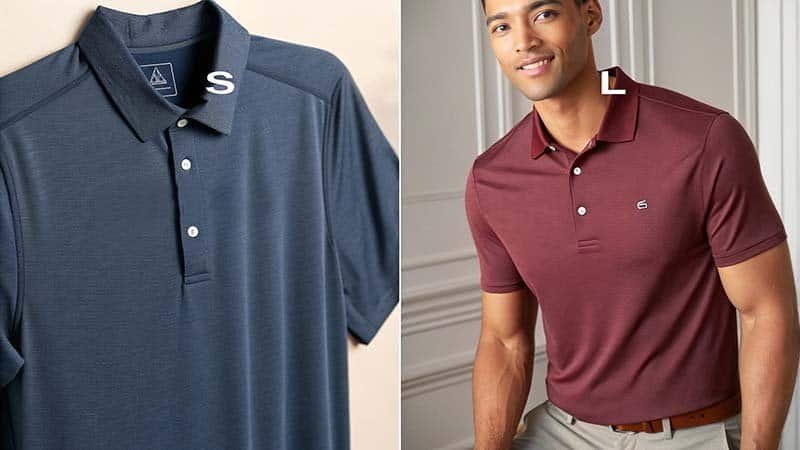
The labels might both say 'Large,' but the experience can be totally different. A 'classic fit' fashion polo is often cut straighter and boxier, giving it a relaxed but sometimes sloppy look. A 'slim fit' polo can be too restrictive in the shoulders and chest for an athletic motion. A true golf shirt, however, aims for an 'athletic fit'. This is the sweet spot we aim for. It’s shaped to be closer to the body to reduce excess fabric from flapping in the wind, but it's engineered with more room in the shoulders and across the upper back to allow for a full, powerful swing. As a brand owner, this is a critical decision. You must define your fit clearly. When we work with brands, we spend a lot of time perfecting the grade rules for sizing to ensure that a customer who buys a Medium today gets that same trusted fit a year from now. Consistency in fit builds brand loyalty just as much as quality fabric does.
Conclusion
In short, a polo shirt is a style, but a golf shirt is functional equipment. Understanding this difference is the first step to building a truly great golf apparel brand.



